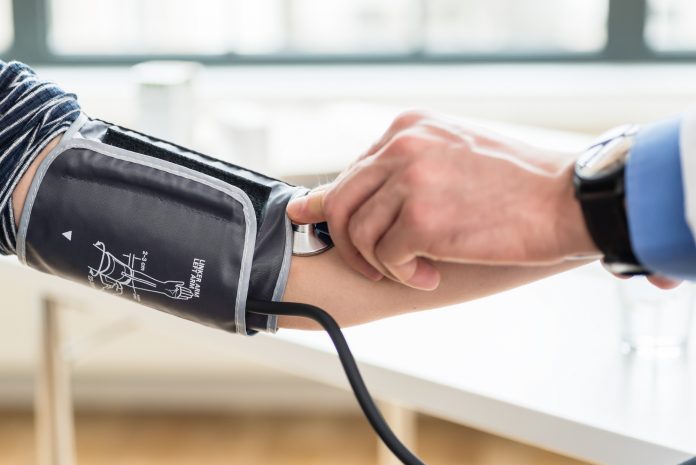
Since the mid-1990s, the concept of Nudge has developed as a means of influencing behaviour and decision making by individuals and groups across a number of sectors; in fact we are all subjected to subtle messaging and visual prompts every day without even realizing it. Building on Behavioural Economics, the theory behind Nudge is that people process information to make decisions in two ways:
System 1– rapid, automatic, sub-conscious processing, susceptible to environmental influences;
System 2– slower, reflective processing, taking into account explicit goals and intentions.
In complex situations, or when under pressure, System 1 processing tends to take over our decision-making, with the result that we often default to a sub-conscious set of behaviours, based on past experiences, our underlying beliefs and values. For example, the retail sector has for many years used psychology to influence our buying patterns, developing Nudge-based approaches to affect consumer preferences and patterns, based on understanding and using how we make decisions. How many impulse purchases did you make last time you went to the supermarket? Did you buy those seemingly cheap and special offer items, strategically positioned at the store entrance?
Would it surprise you (or possibly freak you out) to learn that subtle techniques were almost certainly being used to influence your shopping habits and potentially make some unplanned purchases?
Considering our experiences in retail is interesting but why ‘Nudge’ as a consideration for Primary Care?
At a time where we consistently see the demands in Primary Care increase and a 2016 survey of more than 5,000 GPs by the BMA indicating that 84% of GPs believe that current workload pressures are having a direct impact on the quality and safety of care – could we employ some of the same techniques used in other sectors to influence clinician behaviours, patient preferences and ultimately demand in Primary Care?
In my experience, little attention has been paid to understanding how the subtle cues given by individual clinicians and reception staff in GP Practices influence patients and their patterns of demand. Recent work that I’ve been involved with, working with a couple of large GP practices suggests that influencing behaviours, alongside designing new services and models of care (that are central to both the emerging Primary Care Networks (PCNs) and the GP Five Year Forward View) could be vital to success. There are an extended range of professionals being introduced into practices who can offer a broad range of treatment and there are increasing opportunities to direct people to self-care where appropriate or for professionals to use social prescribing. However, to maximise these opportunities, there is a need to reshape patients expectations and trust in what members of the broader practice team and other external assets can offer. This starts with the way in which clinicians and practice staff interact with patients.
Through the analysis of hard data from case management systems and a large number of observations of patient consultations and reception teams coupled with analysis of telephony and digital access points, we found that most interaction with patients is fairly traditional. Our conclusions were that practices are inadvertently reinforcing the expectations of patients and demand patterns that don’t maximise the opportunity that new models of care offer. The limited application of positive risk taking or very subtle verbal cues when ‘safety netting’ coupled with limited thinking about messaging when trying to navigate patients differently does make a difference.
We identified 3 areas of focus and designed some simple initiatives in the practices I’ve worked with that are already showing positive signs of improvement:
1. Patient First Point of Contact – using a range of nudge techniques to influence how patients interact with the practice, setting different expectations and creating new social norms to maximise new workforce models and reduce the cost of DNAs.
2. Patient & Clinician Interactions – subtle changes to language and messaging, particularly during safety netting and closing consultations to ensure expectations aren’t inadvertently set that drive inappropriate demand.
3. Physical Environment & Signage– maximizing flow through the practice physical space where possible and ensuring consistency of messaging through posters, information leaflets and campaigns with messaging at first point of contact and during consultations.
This work is still in its early days and it will be interesting to see if changes can be sustained, particularly as changing deep rooted beliefs and behaviours takes time. However, it’s fascinating to work with dedicated people who really want to make a tangible difference to patients and see if some relatively simple initiatives can make a tangible difference.



